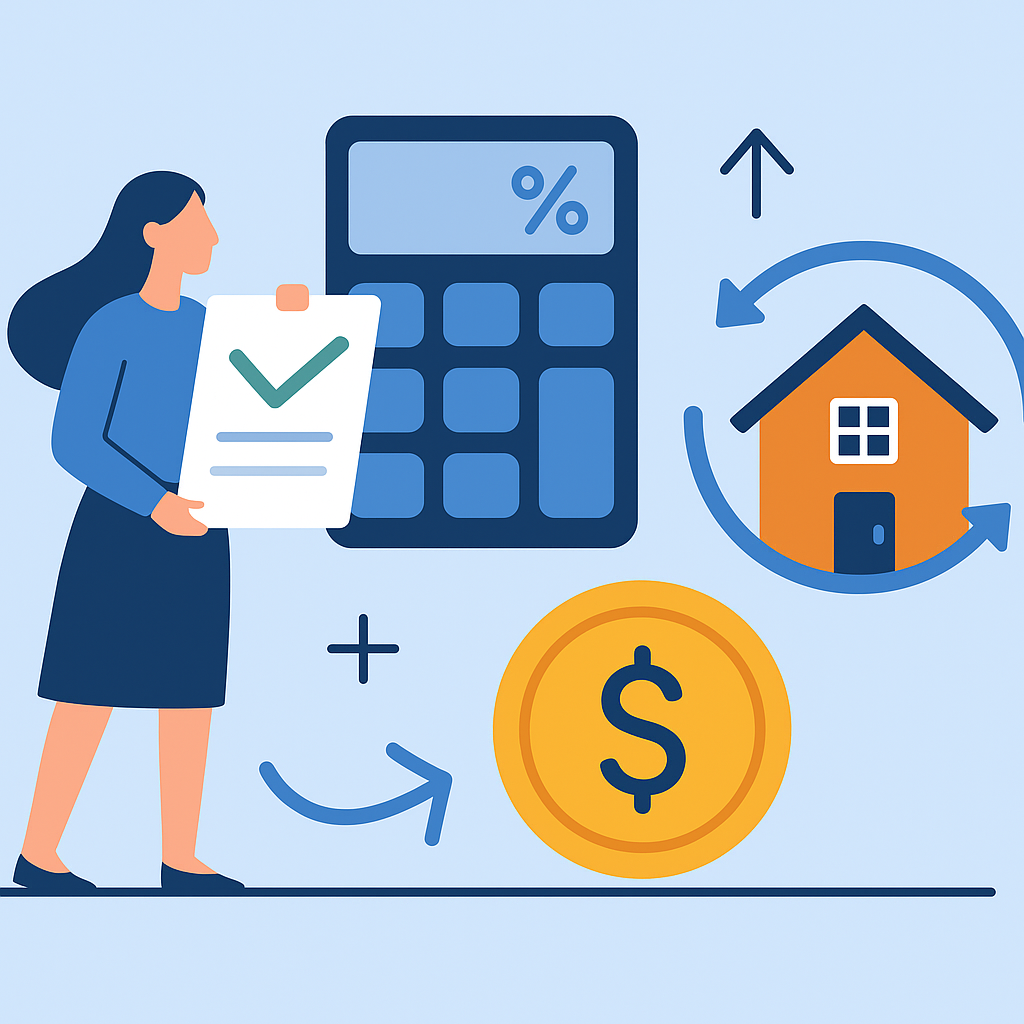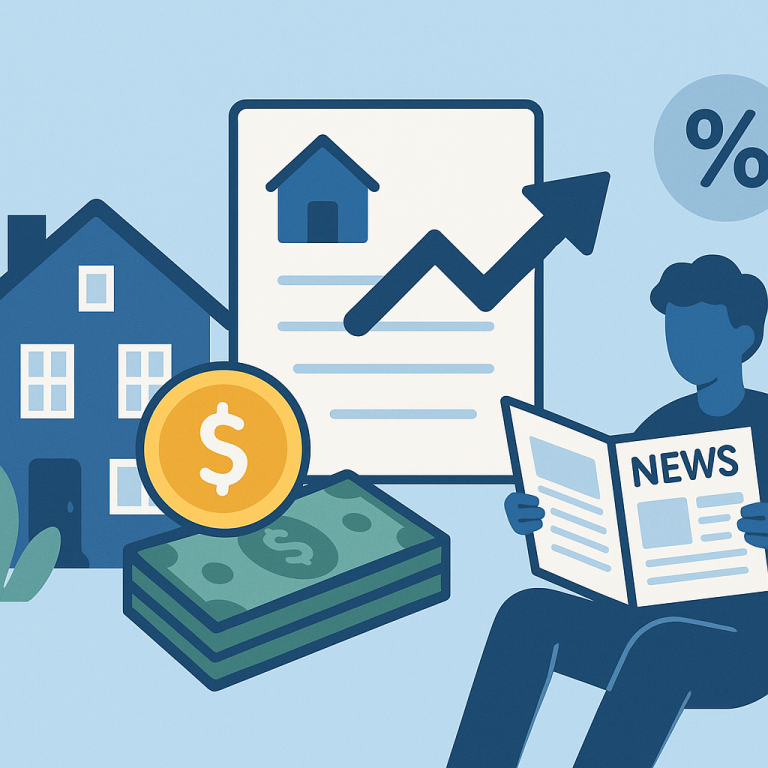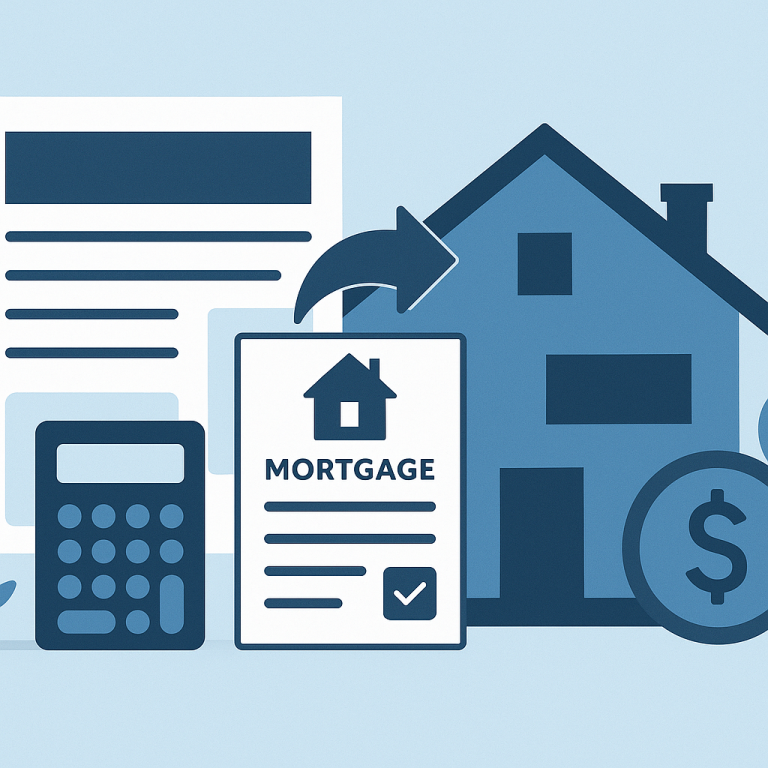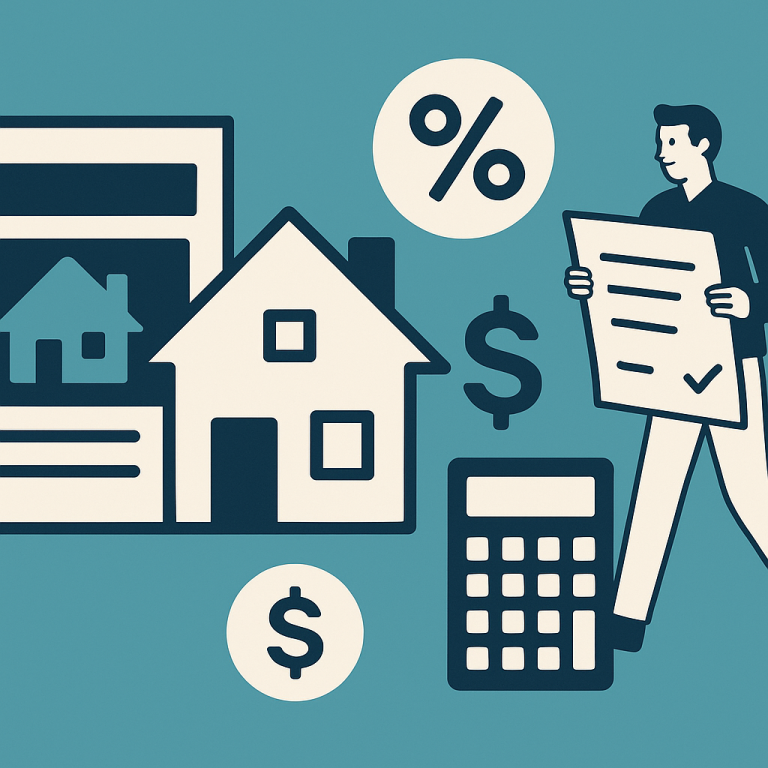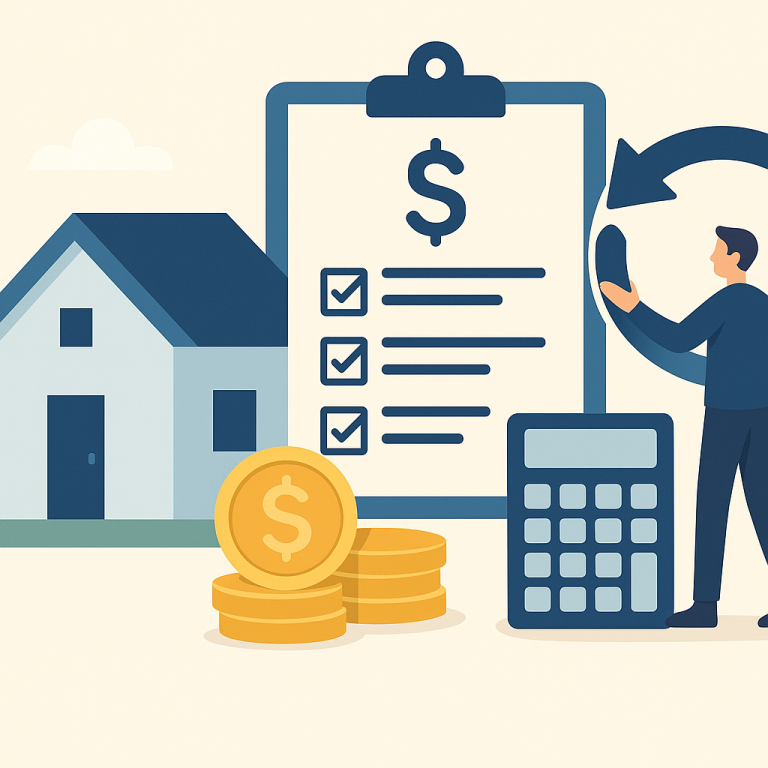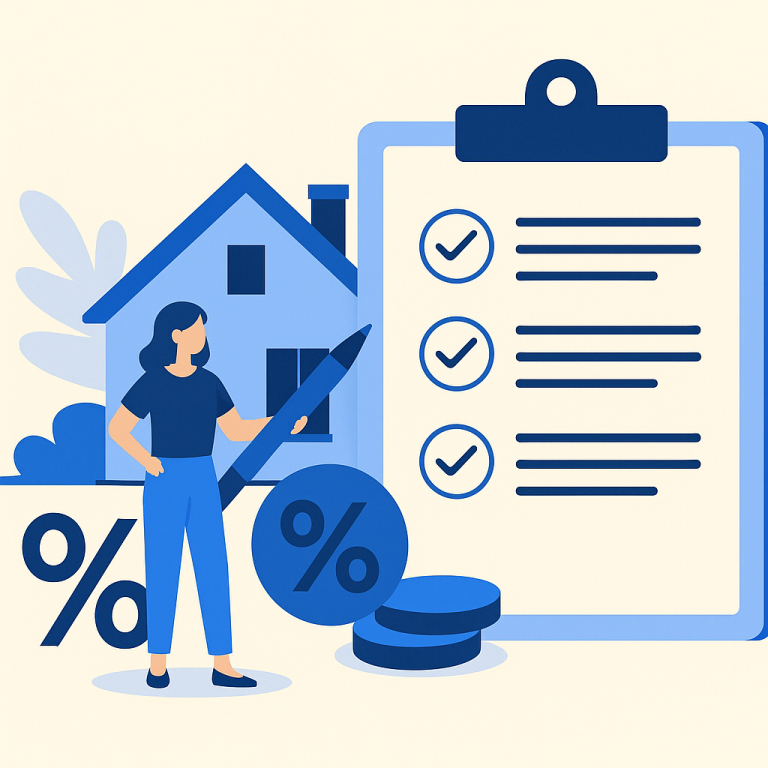Refinance guide refinancing an interest-only ARM before reset
Refinancing an Interest-Only ARM Before the Reset: What It Is and When It Makes Sense
An interest-only adjustable-rate mortgage (IO ARM) lets you pay only interest for a set number of years (commonly 5, 7, or 10), after which the loan “resets” and monthly payments usually jump to fully amortize the remaining principal over the rest of the term. Refinancing before the reset means replacing that loan with a new mortgage while you’re still in the interest-only period to avoid the payment shock and to pursue better long-term terms.
This strategy makes sense when you anticipate the reset will produce a payment you can’t comfortably afford, when current market rates or your credit position allow you to obtain a lower fixed or adjustable rate, or when you want to lock in a longer amortization schedule that reduces monthly payments.
Benefits and Drawbacks
Benefits
-
Avoid payment shock — refinance to a fixed-rate or a new amortizing loan with predictable monthly payments.
-
Lower long-term interest risk — a fixed-rate refinance stops future rate increases associated with ARMs.
-
Potentially lower monthly payment — by extending the term or lowering the rate you may reduce the monthly burden compared to the reset payment.
-
Access to equity — refinancing can give the chance to cash out if you need funds and you have sufficient equity.
Drawbacks
-
Closing costs — refinancing requires fees that can be substantial; they must be justified by savings.
-
Restarting interest — a new loan can mean more interest paid over time if you extend the term.
-
Possible prepayment penalties — some IO ARMs include penalties for early payoff.
-
Qualification risk — you must qualify under current underwriting standards which may be stricter than when you took the IO ARM.
Costs and Fees to Expect
Refinancing typically involves several standard costs. Budget for:
-
Application and origination fees — lender charges to process the loan and pour funds.
-
Appraisal — required to confirm property value and loan-to-value (LTV).
-
Title search and insurance — protects lender (and optionally you) against title defects.
-
Credit report and underwriting fees.
-
Escrow and recording fees — local county recording and escrow setup.
-
Prepayment penalty (if applicable) — verify your current loan documents for any early payoff fee.
-
Mortgage points — optional fees paid to buy a lower interest rate.
Typical closing costs run 2% to 5% of the loan amount. Compare the break-even period (costs divided by monthly savings) before proceeding.
Step-by-Step Process
-
Review your current loan documents — confirm the interest-only end date, reset payment, current rate, and any prepayment penalties.
-
Project the reset payment — calculate what your monthly payment will be after reset so you know the shortfall you’re trying to avoid.
-
Check your financial picture — gather pay stubs, tax returns, bank statements, and check your credit score. Address any issues that could impede approval.
-
Shop lenders and loan products — compare fixed vs. new ARM options, rates, fees, and whether you want a cash-out refinance.
-
Get prequalified or preapproved — obtain a Loan Estimate (LE) from lenders to compare costs and lock options.
-
Lock the rate (when ready) — securing a rate protects you during closing, but be mindful of lock expiration dates.
-
Complete underwriting — lender orders appraisal, verifies income/assets, and underwrites the loan.
-
Close the loan — sign documents, pay closing costs, and let the new lender pay off the existing IO ARM.
-
Confirm Escrow/Payments — verify how taxes and insurance are handled and the date of your first new payment.
Common Pitfalls to Avoid
-
Waiting too long — lenders need time to close. Start 60–90 days before the reset to avoid last-minute rushes that can raise cost and risk.
-
Ignoring prepayment penalties — check if your current loan charges a fee for payoff and include that when calculating savings.
-
Not comparing all costs — focusing only on rate can be misleading; factor in points and closing costs and compute break-even time.
-
Assuming automatic approval — changes in income, employment, or credit since you first qualified can disqualify you at underwriting.
-
Letting the appraisal derail you — a low appraisal increases required down payment or raises the rate if you lack sufficient equity.
Short FAQ
Can I refinance right before the reset?
Yes. Refinancing during the interest-only period is common. Do it early enough to allow for processing—ideally 60–90 days before the reset.
Will I face a prepayment penalty if I refinance?
Some IO ARMs include prepayment penalties. Review your original note and contact your servicer. If there’s a penalty, include that cost when deciding whether to refinance.
How much equity do I need to refinance?
Requirements vary by loan type and lender. Many conventional refinances prefer at least 20% equity to avoid private mortgage insurance (PMI), but FHA or portfolio lenders may allow higher LTVs.
Should I choose a fixed-rate or another ARM?
If avoiding future rate risk is a priority, a fixed-rate mortgage is typically safer. Another ARM may offer lower initial rates but exposes you to potential rate increases later. Match the product to your plans and risk tolerance.
Refinancing an IO ARM before it resets can protect you from a sudden, unaffordable payment and provide long-term financial stability, but it requires careful cost-benefit analysis and timely action. Compare offers, understand all fees (including any prepayment penalties), and move early to avoid surprises.
META: refinancing interest-only ARM before reset, avoid payment shock, costs, prepayment penalty, refinance steps

